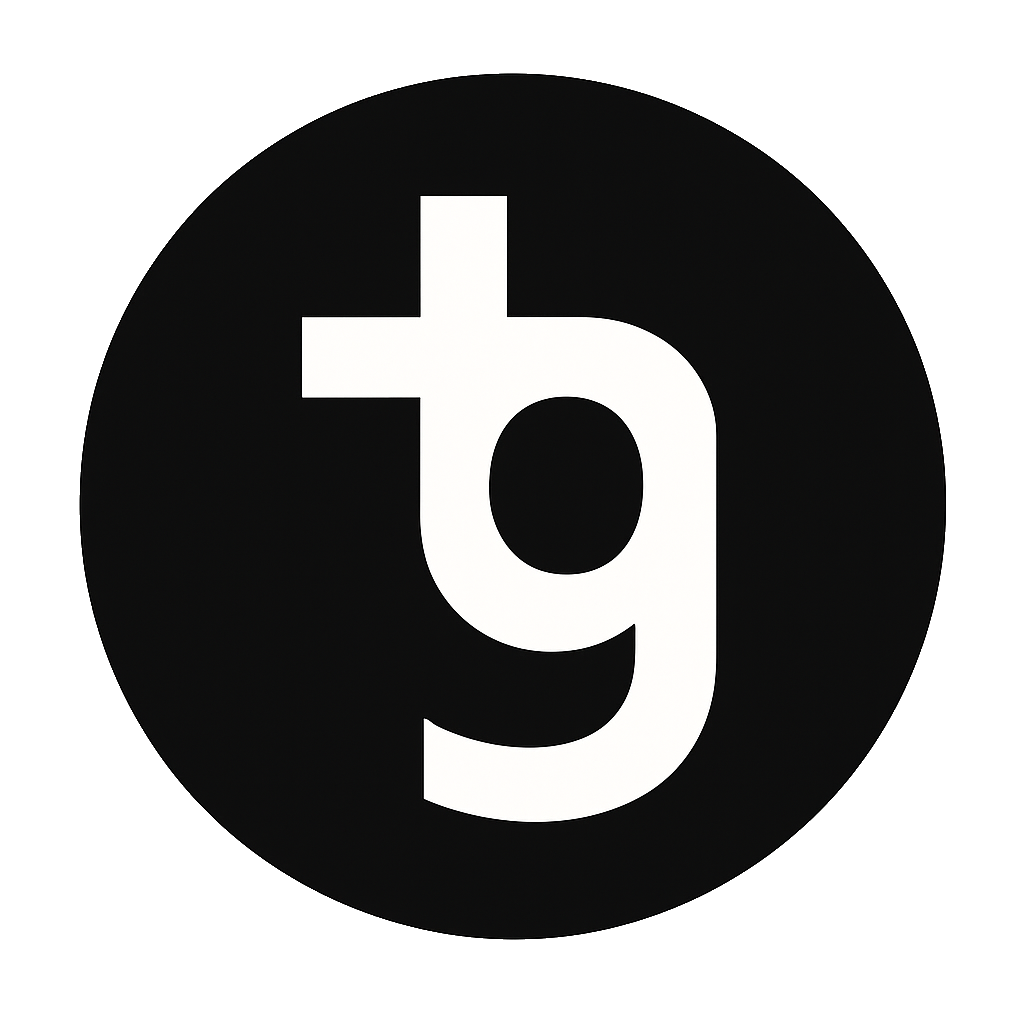Connecting the Unconnected
- Guy van der Walt
- Oct 16
- 2 min read

Every industry believes it’s unique, until you start mapping its logic.
The metrics change, the language changes, but the fundamentals repeat: energy in, efficiency out, waste down, uptime up. Whether you’re manufacturing semiconductors, proteins, or packaging, the underlying mathematics of improvement barely differ. What changes is what people choose to measure, and that’s where opportunity hides.
At Tiguri, we study those patterns. Not to flatten industries into sameness, but to reveal where proven intelligence in one domain can accelerate another. This is what we call cross-vertical design logic. Its the ability to transfer performance reasoning across boundaries without breaking context.
When You Build Across, Not Up
Most innovation scales vertically: a company goes deeper into its own stack, refining, optimising, defending. That’s evolution, but it’s slow. Cross-vertical thinking works differently. It doesn’t look for new markets, it looks for shared principles.
When a system in one sector consistently produces better yield, lower downtime, or smarter energy use, the same pattern often fits somewhere entirely unexpected. The hard part is translation, taking domain-specific intelligence and expressing it in a form that others can immediately use.
That’s what we do. We build translators, not templates.
Frameworks That Think for Themselves
Our goal isn’t to make another product. It’s to build a framework that can think laterally, a reasoning engine that learns from one domain and applies that intelligence to another. Think of it as the connective tissue between industries that rarely talk, but share identical physics of performance.
To do that, we combine:
Contextual intelligence: understanding what each domain truly optimises for.
Systems design: mapping inputs, losses, and interdependencies.
Model logic: turning that map into transparent, data-driven reasoning.
Interface minimalism: expressing all of it in a way that any human can grasp instantly.
The outcome is always the same: clarity.Not more data but a better comprehension of what data already means.
Does This Even Matter?
Industrial and digital ecosystems are fragmenting. Every sector builds its own dashboards, KPIs, and data languages, and in doing so, they sometimes isolate themselves from progress happening elsewhere. A biotech plant and a solar array may never share customers, but they face identical challenges: volatility, energy cost, sustainability pressure, and operational risk.
By linking these patterns through a unified reasoning framework, we can make understanding transferable. That’s where the next wave of efficiency, sustainability, and innovation is likely come from.
Looking Ahead
Tiguri’s current work extends this philosophy into new environments, creating frameworks that bridge technical and commercial decision-making without losing fidelity. They are quietly emerging inside sectors where process, precision, and performance converge.
If you’ve reached this point, you’re probably already part of that conversation. Let’s see how far a shared framework can go.





Comments